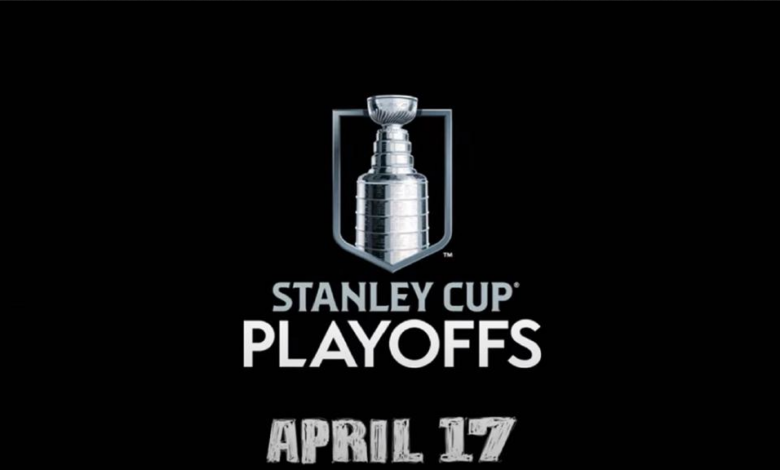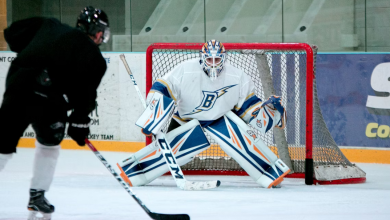Breaking Down the Playoff Odds for the Final Week of the 2022-23 NHL Regular Season

The Stanley Cup playoffs are quickly approaching, and as we enter the final week of the 2022-23 regular season, a number of teams around the league are still fighting for a playoff spot.
Eastern Conference:
The Boston Bruins, Toronto Maple Leafs, and Tampa Bay Lightning will represent the Atlantic Division in the 2023 Stanley Cup playoffs, while the Carolina Hurricanes, New Jersey Devils, and New York Rangers will represent the Metropolitan Division.
That leaves a three-team race for the two remaining Wild Card spots, with the Florida Panthers, New York Islanders, and Pittsburgh Penguins all vying for them. The Buffalo Sabres are not mathematically eliminated, but with only a 0.4% chance of making the playoffs, they are effectively out.
The Florida Panthers have the best odds of making the playoffs with a 78.7% chance due to their current wild-card lead with 91 points and tiebreaker advantage with 36 regulation wins on the season.
The New York Islanders, who have a 78% chance of making the playoffs, are right on their tail. The Islanders are tied for first place with the Panthers with 91 points and are only one game behind them in the tiebreaker with 35 regulation wins, giving them a clear advantage over the Penguins.
With only a 42.9% chance of making the playoffs heading into the final week, the Pittsburgh Penguins have some ground to make up if they want to advance. The Penguins are a point behind their two main competitors with only 90 points, and with only 31 regulation wins this season, they have no chance of closing the gap on the tiebreaker.
Western Conference:
The Colorado Avalanche, Dallas Stars, and Minnesota Wild will represent the Central Division in the Stanley Cup playoffs, while the Las Vegas Golden Knights, Edmonton Oilers, Los Angeles Kings, and Seattle Kraken(Wild Card) will represent the Pacific Division.
You could argue that the race for the Wild Card spots in the West is even more fierce, with the Kraken already securing the first spot, leaving the Winnipeg Jets, Calgary Flames, and Nashville Predators to compete for the final spot.
The Jets have the best chance of advancing, with a 78.7% probability, thanks to leading the pack in both points (91) and regulation wins (34). The Jets also have a game in hand on their next nearest competitor, giving them a significant advantage heading into the final week of the regular season.
The Flames have the next best chance, but it will be a long one, with only an 18.9% chance of making it in with only two games left on the schedule. They trail the Jets by one point with 90 points on the season and have no chance of closing the tiebreaker gap with only 30 regulation wins. The biggest challenge will be that the Jets have an extra game on the schedule in which they can further cement their lead over the Flames.
With only a 2.5% chance of making it, the Predators would need a miracle to get in, and it appears very unlikely that they will get one. The Predators would need to win out to close the gap on the Jets, who have only 88 points so far this season, and the Jets and Flames would also need to lose all of their remaining games to make it in.
If you prefer a visual representation of these odds, check out Money Puck’s excellent graph:
View this post on Instagram


[…] Source link . […]
[…] Source link […]
[…] Source link […]